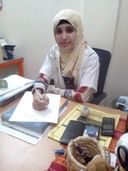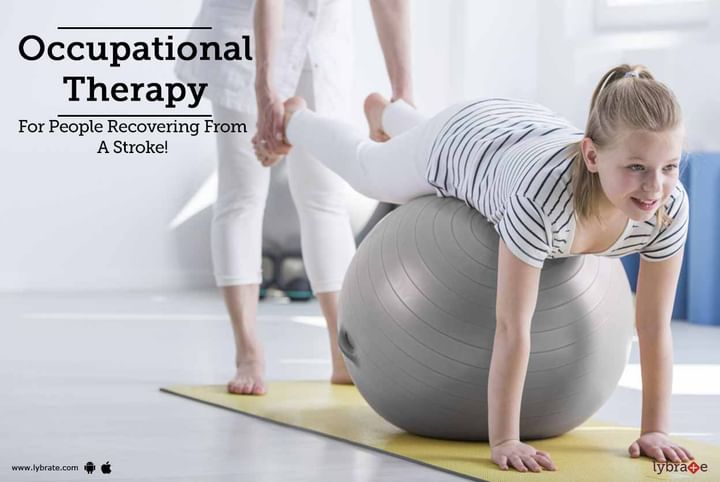Occupational Therapy For People Recovering From A Stroke!
Stroke is one of the major reasons for disability in adults. In the US alone, 7 million people suffer from a stroke in a year. After a stroke, the affected individual suffers from lots of health issues. They feel week and fatigued. An ache in one side of the body, inability to walk, and social disability are experienced. Emotional and cognitive functioning is disturbed. Continuum care is recommended for the affected individuals and they need interdisciplinary care to ensure they can do things independently. This is where occupational therapy plays a vital role.
What does the therapist do?
Using a range of evidence-based methods, the occupational therapists can address the physical, emotional, and mental challenges caused by the stroke. Occupational therapy does not concentrate only on the ailment. It takes into account the emotional needs, desires, limitations, and activities of the stroke survivors. It helps them to recoup the skill to get the daily chores done independently. An occupational therapist surveys the home of the stroke survivor and evaluates the risk of hazards. The practitioner also helps the affected individuals in coping with the loss of vision and memory. The physical strength and fortitude are augmented. The major focus will be on making the affected reach the heights of performance in the valued occupations.
How does it help?
Studies prove that occupational therapy does not only help one to recover faster, but also prevents worsening of the condition further. The stroke survivor, who receives the occupational therapy, is independent when it comes to daily living chores. Wouldn’t it be a great improvement on the emotional health when the affected feels he or she can get things done with little or occasional help? Also, this reduces the caregiver burden. The family is relieved that the survivor can eat, bath, and take a few things without someone having to sit closer and help. This mentally boosts the caregivers and the family to motivate the survivor. The stroke survivor also looks forward to the rehabilitation treatment as the occupational therapy makes them feel great.
Transitional and community integration services can make sure that the patients are engaged in their specific environments, once they get back home after occupational therapy in the specialized care center. After a certain period, when the stroke survivors show considerable improvement, the practitioner again evaluates to find if activities like driving can be resumed by the clients. Community mobility of different choices is recommended if the client is not fit for driving. There are driver rehab programs and the driving skills can be regained.
An occupational therapist spends more time with the client than any other healthcare professional. This is because the practitioner is responsible for alleviating the challenges faced by the affected individual emotionally and physically. The practitioner not only helps the client to achieve the goals but also ensures that the client is psychologically motivated whenever he or she is discouraged. Rehabilitation can reverse the damage done to the brain. But it takes lots of efforts to learn the things to do them in a different way. An occupational therapist makes this goal easier for his or her clients.



+1.svg)
